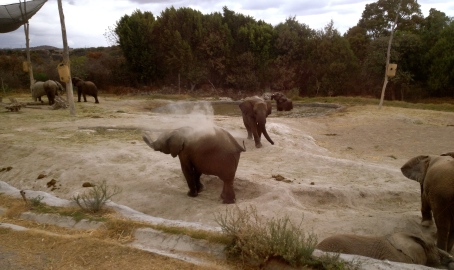A special memory from my family’s years in Guatemala is of Dad sitting at the dinner table and pulling bits of paper out of his shirt pocket. Those bits of paper held his notes about words or folk medicine practices he had learned from his patients that day. As he read his jottings to us, some made us curious and ask questions, some made us groan, and some made us laugh.
You see, while Guatemala’s national language is, of course, Spanish, twenty-some Mayan languages are still spoken there as well. During the nine years Dad spent in Guatemala, he served many patients who spoke Spanish as a second language and, thus, used some words differently or mixed with their Mayan tongue. Combine that fact with an average education level of second grade and you have a recipe for some pretty interesting health ideas!
I personally found those mealtime conversations intriguing. After all, I was the girl who had considered becoming a brain surgeon and a writer. Dad’s stories from the clinic melded my interest in science and my love for words and people together.
Before we returned to the States, Dad compiled all of those slips of paper into a small glossary. A friend printed simple copies for him to share with healthcare workers or missionaries working with Guatemalans.
In the following years, I decided not to pursue a medical career but continued to be a word person. One of my favorite classes in college was Spanish. Obviously, my Guatemala years gave me an advantage in that class, but I think another reason for me liking it was that talking actually equaled studying!
After I graduated from college, one day I came across a copy of Dad’s glossary and cracked the cover. My editor brain kicked in. “Hey, Dad, there are some things that need to get fixed in here…”
That’s how I found myself a job going over the details of that glossary like an art inspector trying to discern if a work is a master’s original. I jumped into it because I saw how useful the words on the pages could be. As I worked, I learned a lot about those words and what it takes to put a book together. One lesson was that authors definitely need editors. There are simply too many details that can slip past even a brilliant mind like my dad’s, especially when it’s read-through #20 and all the words blur together.
Dad and I spent hours collaborating. It actually took years of off-and-on work to bring the project near completion. A trip to Guatemala provided the perfect opportunity to have some Guatemalan friends (medical and otherwise) look over copies for us. The feedback we received gave me more editing to do.
When the time came to go to press, I wavered. What if no one wants it? Maybe it’s not good enough. What if I missed something important?
Enter Mom. She basically said, “Kristen, this information could save someone’s life. Go for it!”
Yeah, it’s definitely cool to have a mom like her.
So we pressed on. Finally, the happy day came when we could actually hold the pocket-sized books filled with 600+ Spanish-English definitions, not to mention the English-Spanish entries, in our hands. The picture of the Guatemalan girl and baby – drawn by my sister from a photo by my Dad – seemed perfect on the cover. It represented the people of Guatemala whom we wanted to help.
An equally happy day came when the book went up on Amazon, and we started selling copies. The first letter I received from an organization praising the book was such an encouragement. Maybe Mom was right again!
Since then, little by little, orders have come in. It’s been exciting to see where the books go. Just the other day, we distributed 100 copies to an organization that will get them into the hands of those serving the Guatemalan people. That puts a smile on my face because that’s what this project was all about from the start: serving those who serve the Guatemalan people. My hope and prayer is that this book will also be a part of moments when not only people’s bodies are healed but also their souls are mended through the love of the Great Physician Jesus.
That’s the story behind Understanding the Guatemalan Patient: A Glossary of Spanish Medical Terms and Folk Medicine. I would be the last person to ever say producing a book is easy, but I’m thankful I had the opportunity to be a part of it.
Now I might even use that knowledge as a medical interpreter somday. Who knows? We’ll see what God has in store for this next chapter. I’ll keep you posted on at least some of the storyful moments.
If you would like to learn more about Understanding the Guatemalan Patient, please visit understandingtheguatemalanpatient.com or check it out on Amazon.




 Looking back on my safari experience, I remember a couple of books that came into my hands years ago.
Looking back on my safari experience, I remember a couple of books that came into my hands years ago. 
